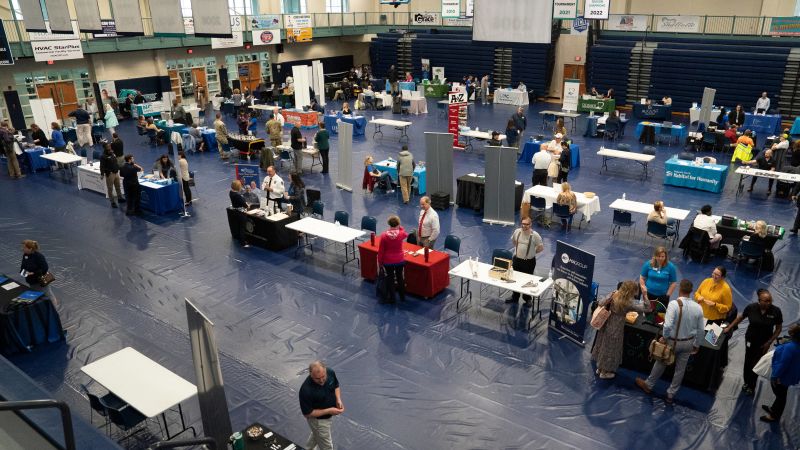The US job market has shown strength over the past three years, with economists considering it to be as good as it has ever been. However, there are concerns that the high interest rates may gradually slow down the economy. Despite this, the economy has added an average of 276,000 jobs per month this year, which is higher than previous years. Economists are forecasting an addition of 232,500 jobs in April, a slight decrease from the previous month, with an unemployment rate of 3.8%.
The US labor market has seen strong gains due to factors such as high labor force participation rates among prime working age individuals, particularly women, and a boom in immigrant workers. The number of employed foreign-born workers reached a record high, contributing to productivity gains and sustainable expansion. Productivity growth in the first quarter has been volatile, falling below expectations, but still showing an increase from the previous quarter.
Layoff activity remains low, with reports showing the lowest monthly layoffs since 2022 and solidly low weekly jobless claims. Despite this, some companies have announced job cuts as labor costs rise. The job market remains tight, with stronger-than-typical wage gains, leading to concerns about inflation. However, Federal Reserve Chair Jerome Powell noted that demand in the labor market has cooled from its extremely high levels a few years ago.
The latest labor turnover data shows a decrease in job openings, hiring, and resignations. Wage gains have moderated, but compensation gains rose faster than expected in the first quarter. Powell emphasized the balance between supply and demand conditions in the labor market, stating that an incremental softening in wage increases would align with the Fed’s 2% inflation goal. While there are concerns about inflation and monetary policy, Powell clarified that central bankers are not targeting wage growth or the labor market specifically.


